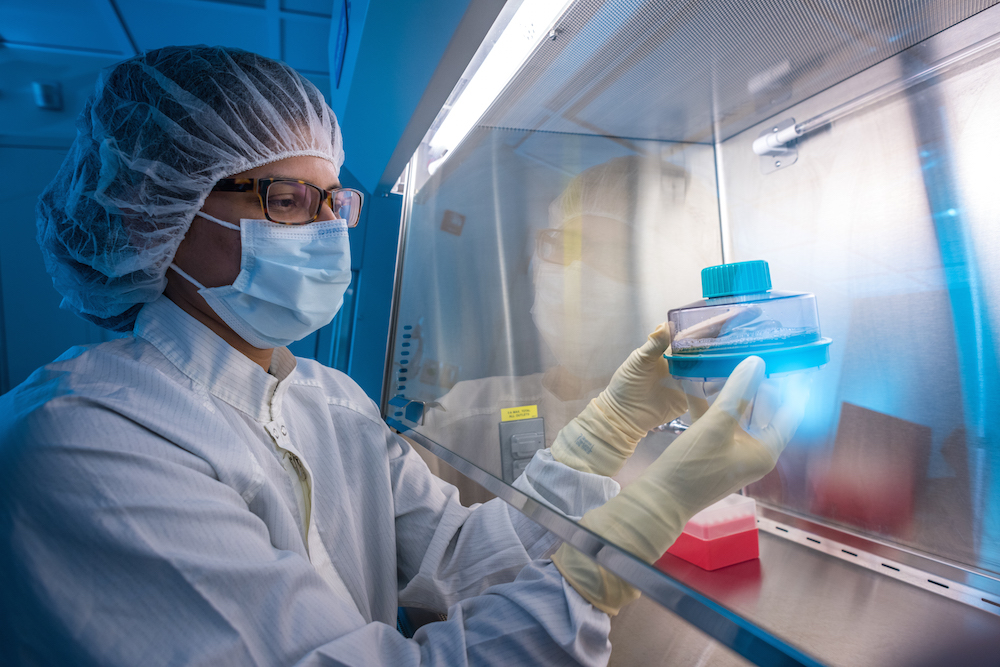In contrast to most drugs, which are made from natural or synthetic compounds, “living” drugs consist of fully functional cells that have been selected and often modified to treat specific diseases, such as cancer.
Immunotherapy encompasses several types of treatment that marshal the immune system against cancer. Drugs known as cell therapies fall into this category. They are often made by collecting specific sets of cells from a patient’s blood, modifying them to produce or elicit a more vigorous attack on a patient’s cancer cells, and reinfusing them into the patient.
Two types of cellular therapy that have recently become available are CAR (chimeric antigen receptor) T cells and therapeutic vaccines.
CAR T-cell therapy
CAR T cells are immune system T cells that have been genetically engineered to latch onto and kill a patient’s cancer cells.
CAR T-cell therapy has been approved by the U.S. Food and Drug Administration as standard therapy for some patients with:
- Aggressive, relapsed and/or refractory diffuse large B cell lymphoma (DLBCL), primary mediastinal B-cell lymphoma, and transformed follicular lymphoma (drug names Yescarta and Kymriah)
- Patients age 25 and under with relapsed or refractory B-cell acute lymphoblastic leukemia (drug name Kymriah)

Therapeutic vaccines
Vaccines to treat cancer take a variety of forms: Some are made from cancer cells, others from parts of cancer cells, and still others are from specially conditioned immune system cells.
One type of cell-based vaccine involves removing certain immune system cells from a patient’s blood and converting them into dendritic cells, whose job is to display cancer- or infection-related proteins on their surface. The dendritic cells are combined with pieces of tumor cells and, often, other stimulatory proteins and infused back into the patient. The cancer-related proteins on the dendritic cells’ surface, called antigens, spur the patient’s immune system to go on the offensive against cancer cells.
Learn More:
Another approach is constructing a vaccine out of actual cancer cells that have been removed from the patient during surgery. The killed tumor cells are processed in a lab to make them more “visible” to the immune system, then re-injected into the patient along with immune-stimulating compounds. The patient’s immune system launches a vigorous attack not only on the newly-injected cancer cells but also on similar cells throughout the body.
These cell therapies are called living drugs not just because they are made from cells but also because the protective immune response they elicit often can expand and persist for many months, if not longer, resulting in some cases in long-term cancer control.
Learn more about immunotherapy and CAR T-cell therapy from Dana-Farber.
